Biodiversity Ecological Model
Las Salinas Urban Park in Viña del Mar transforms a former industrial site into a natural and social space. Designed according to ecological principles, the park aims to restore ecosystems and encourage interaction between the community and nature.
The park’s design incorporates urban biological corridors, biodiversity patches, and phytoremediation solutions. Its iconic elements, such as the walkway and concave plate, integrate functionality, sustainability, and scenic beauty.
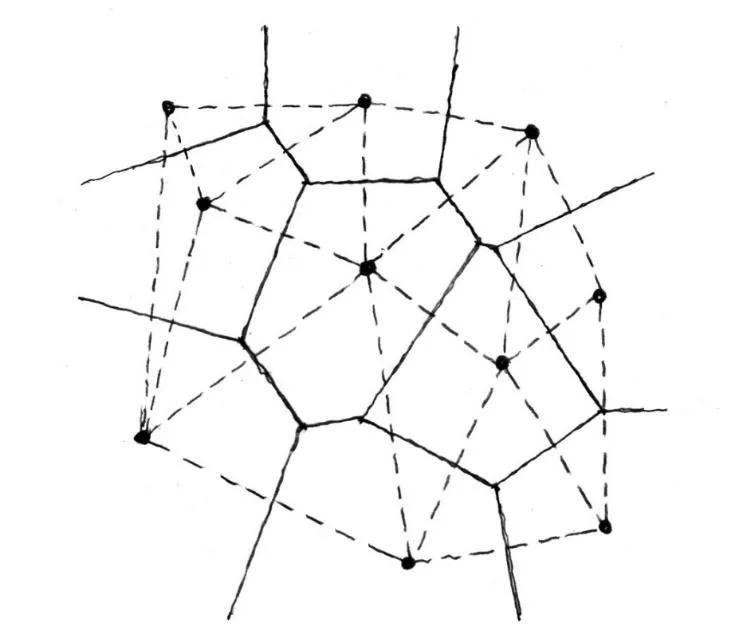
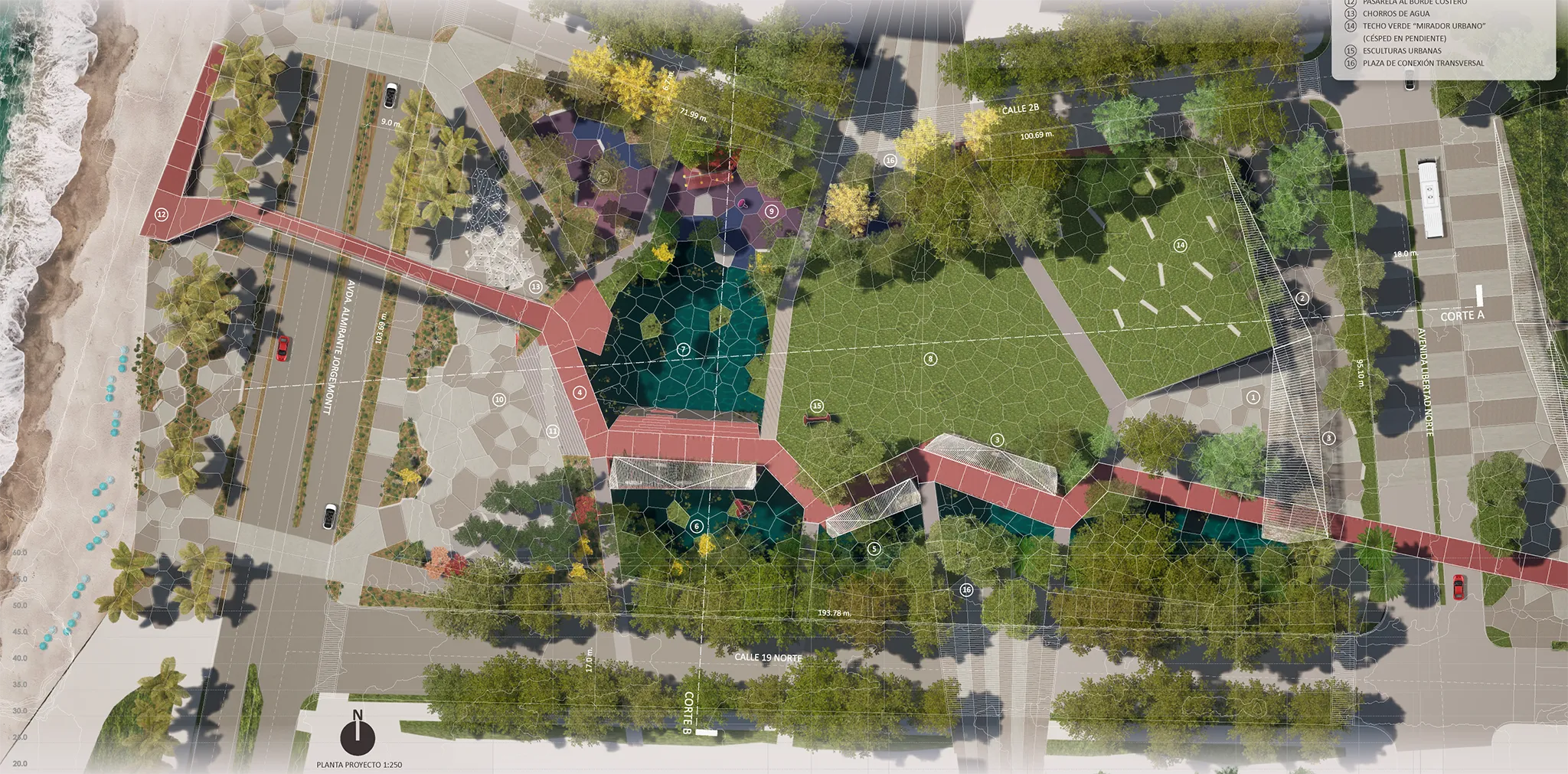
Location:
CHILE, Valparaiso Region, South AmericaYear:
2021Surface:
16,300 m2 - 175,451.74 ft2Customers:
Las Salinas Real EstateState:
ContestNominations:
FirstDestiny:
Public Space, Green AreaTendency:
Urban green spaces, Resilient cities, Carbon footprint reductionArchitecture Team:
Archiplan, gt2P, PlanoamanoURBAN BIOPHILIA
Integrating native flora reinforces biodiversity and promotes a sustainable ecosystem.
The design fosters environmental regeneration and connection to nature.
Design
The park is designed to be a resilient ecosystem that integrates natural elements to enhance biodiversity and ecological connectivity.
Sustainability
It incorporates phytoremediation strategies and native vegetation to reduce soil contamination and promote ecosystem regeneration.
Accessibility
A walkway that is accessible to all connects the hill to the beach, encouraging interaction with nature.
Resilience
The concave plate absorbs the impact of storm surges, allowing for flexible use of the space for community activities.
Identity
The park's identity is reinforced by sustainable lighting and landscaping, which create an engaging nighttime experience.
Connection
The design promotes social integration by combining rest areas, paths, and viewpoints that encourage community gatherings.
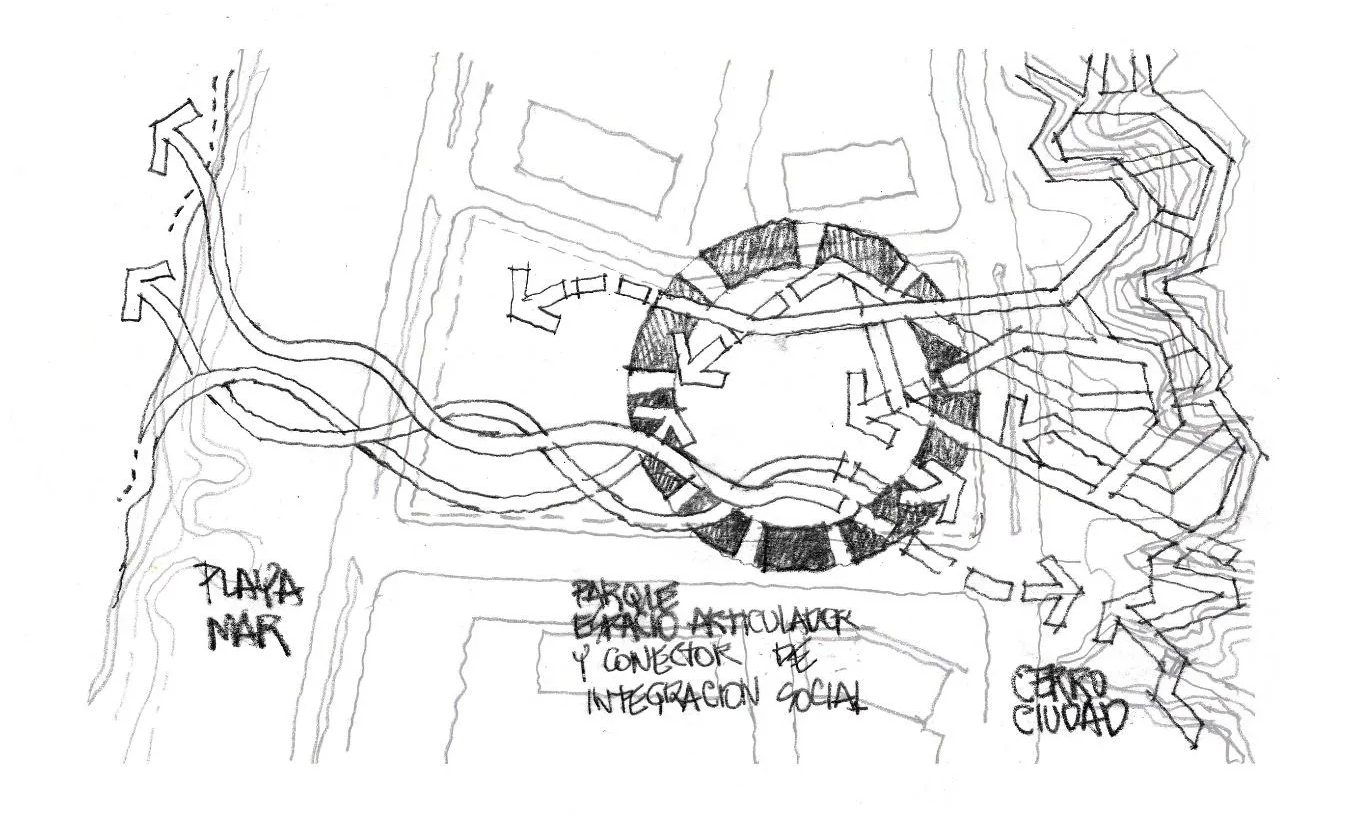
GREEN INFRASTRUCTURE
Urban biological corridors restore ecological connectivity within cities.
These spaces promote climate adaptation and the conservation of native species.
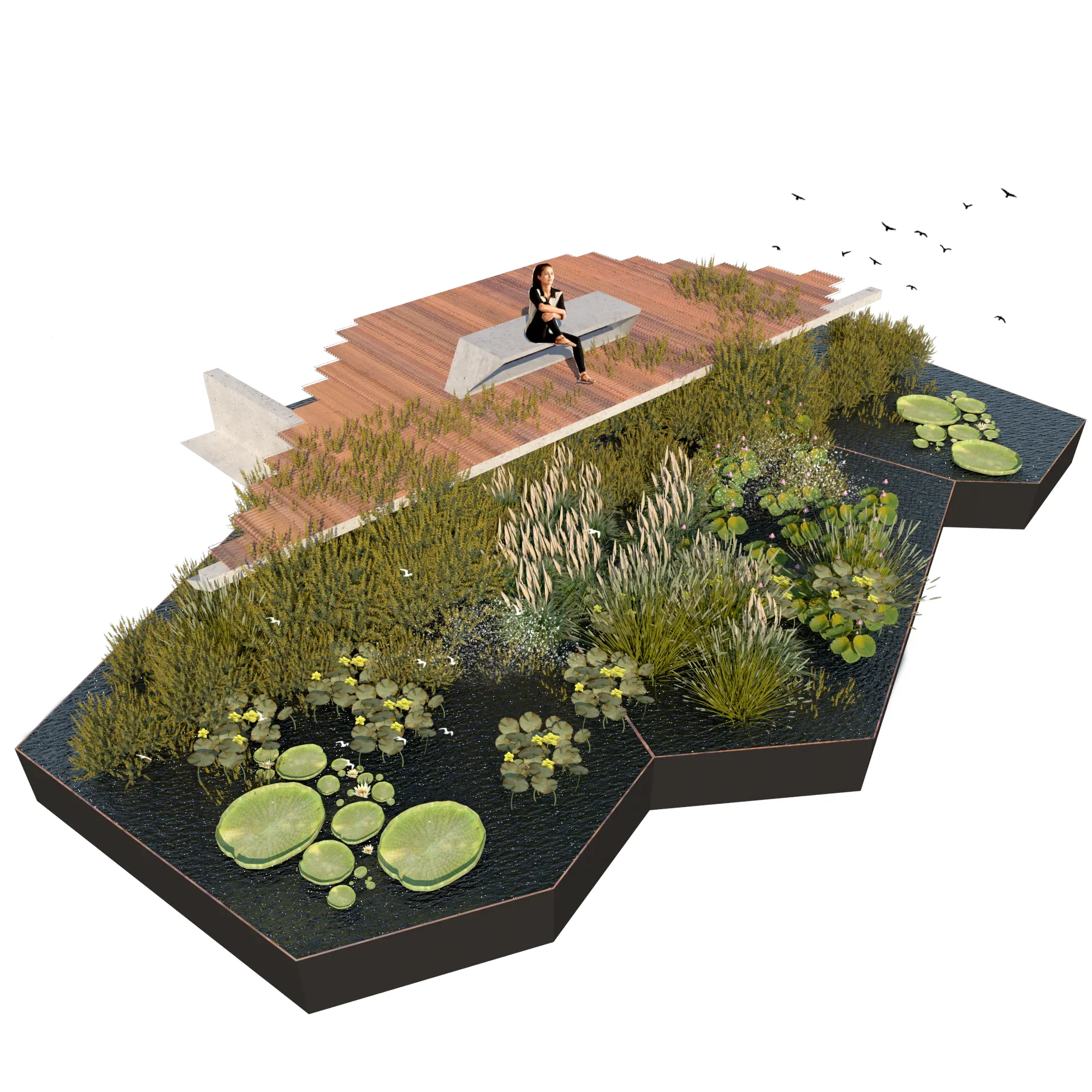
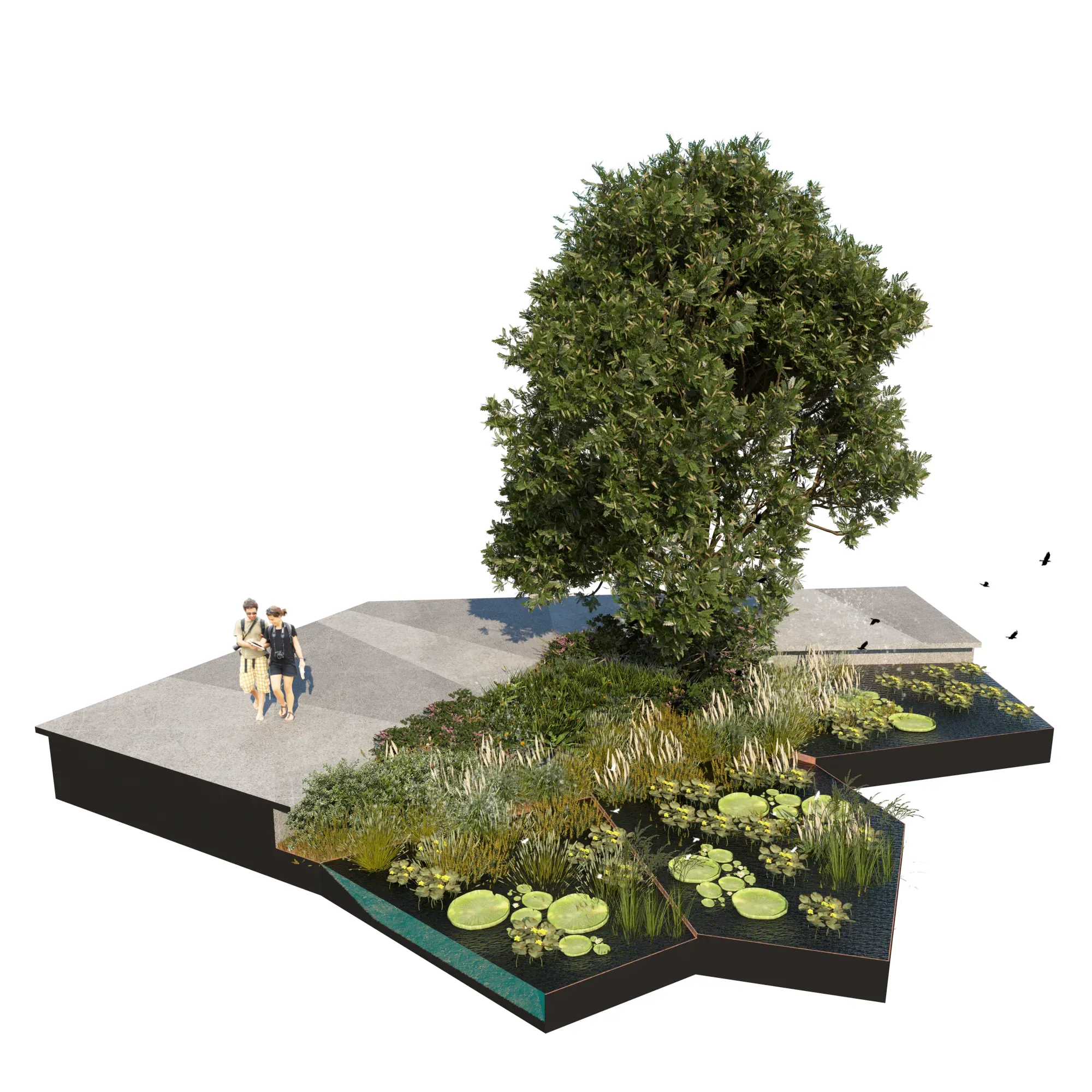
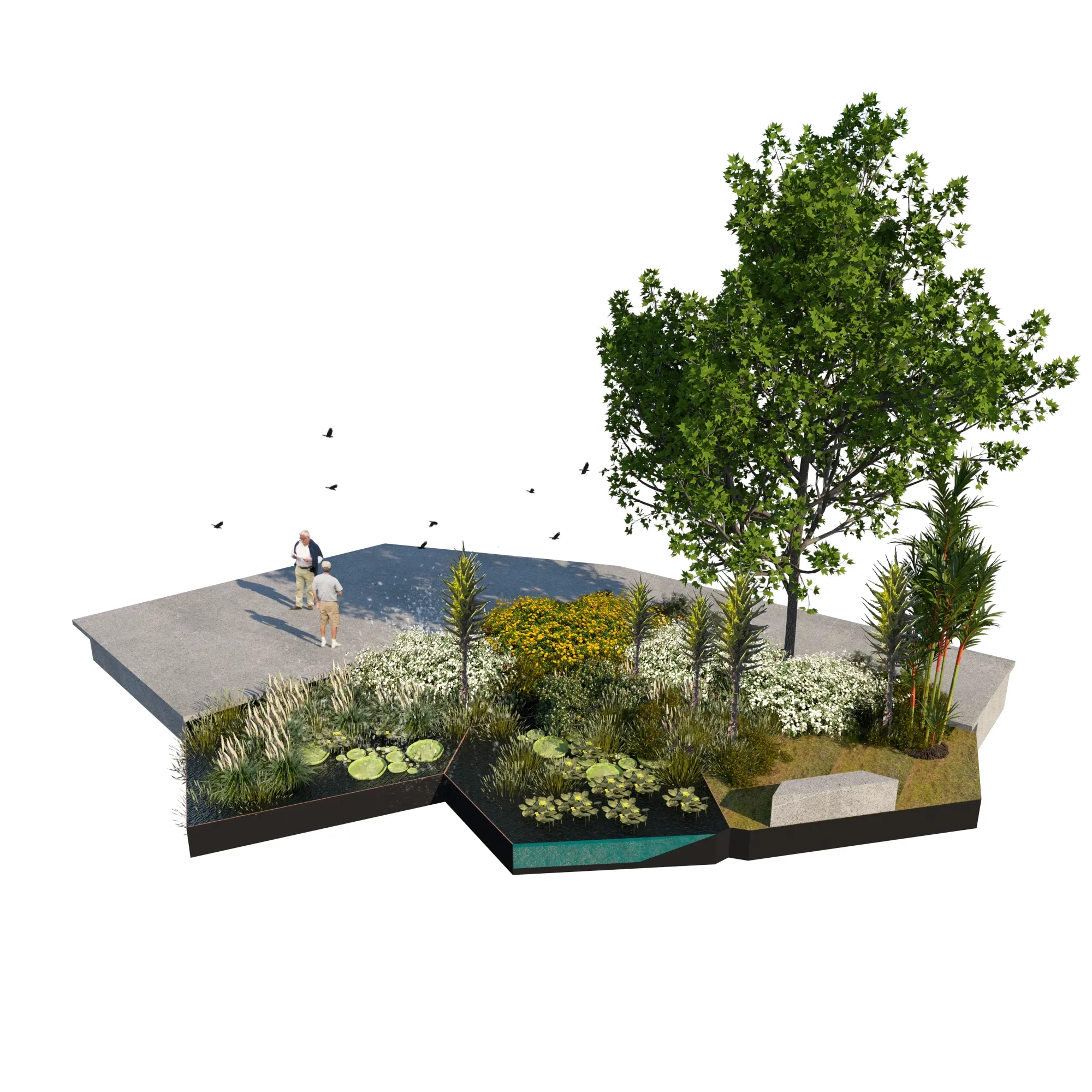
INCLUSIVE DESIGN
Every element of the park is designed to ensure universal accessibility.
From the pathways to the street furniture, the project's central focus is inclusion.
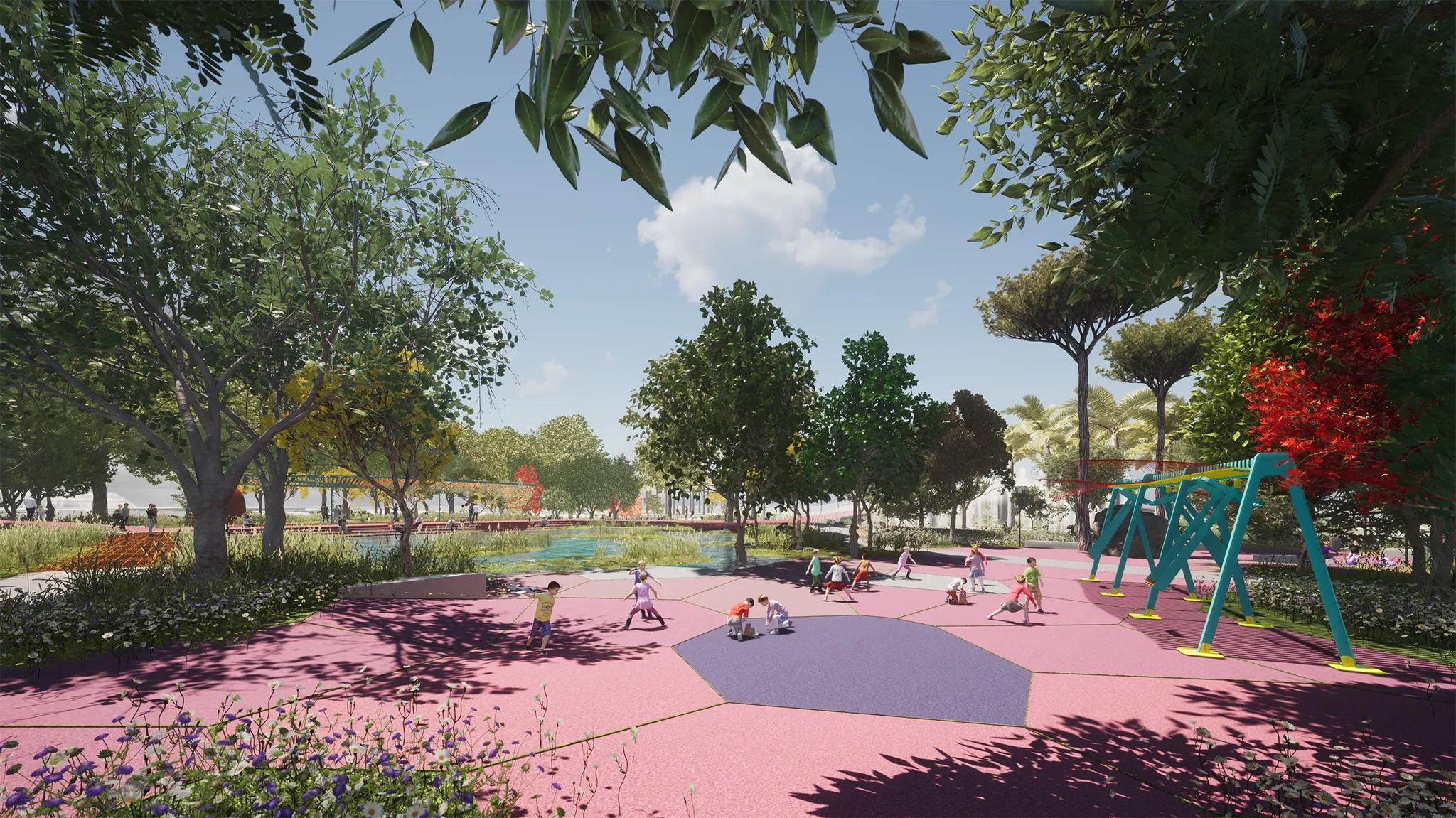
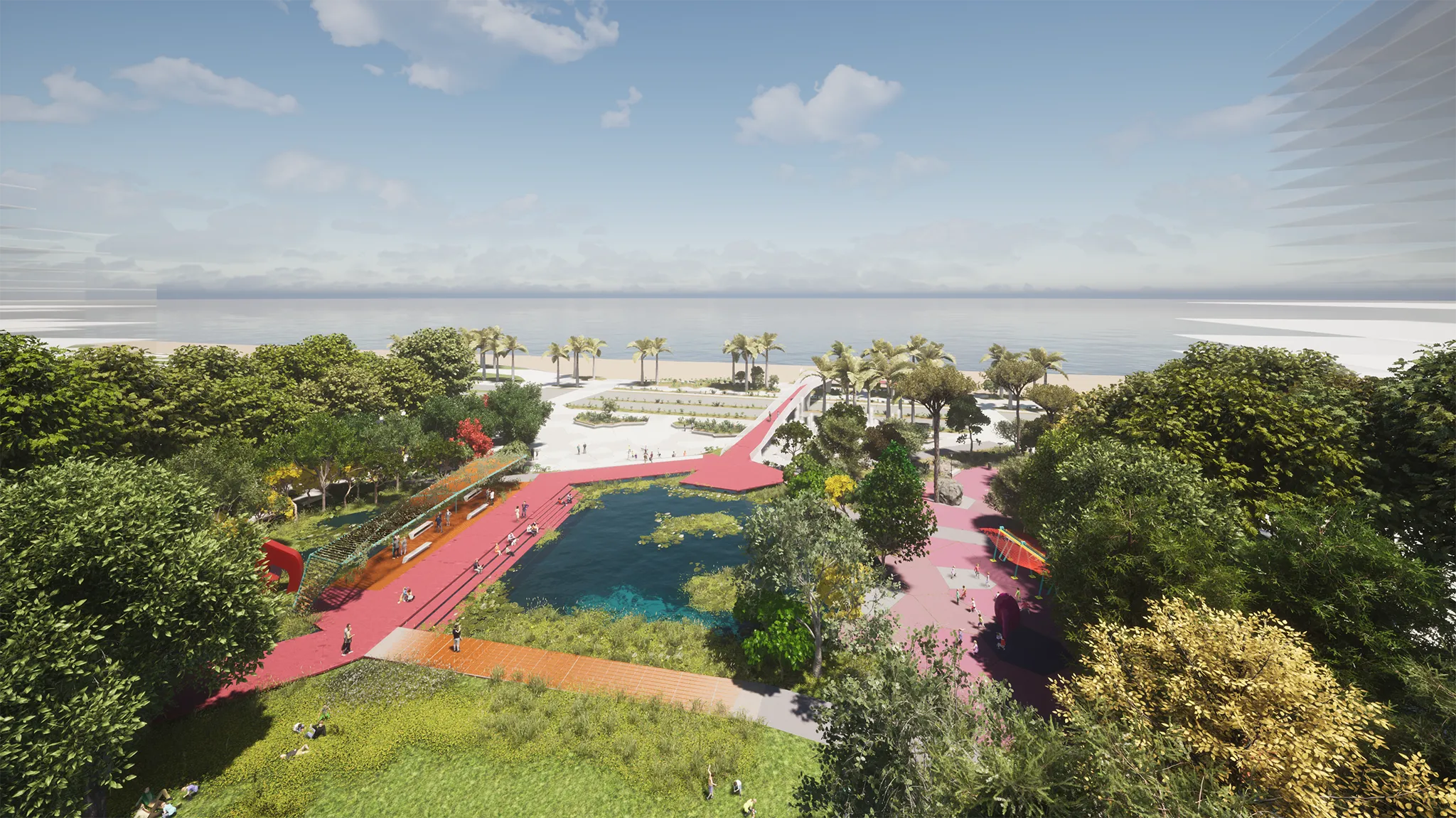
SUSTAINABLE ENERGY
Efficient lighting optimizes energy consumption and reduces light pollution.
It creates a safe environment without disrupting the nocturnal ecosystem.
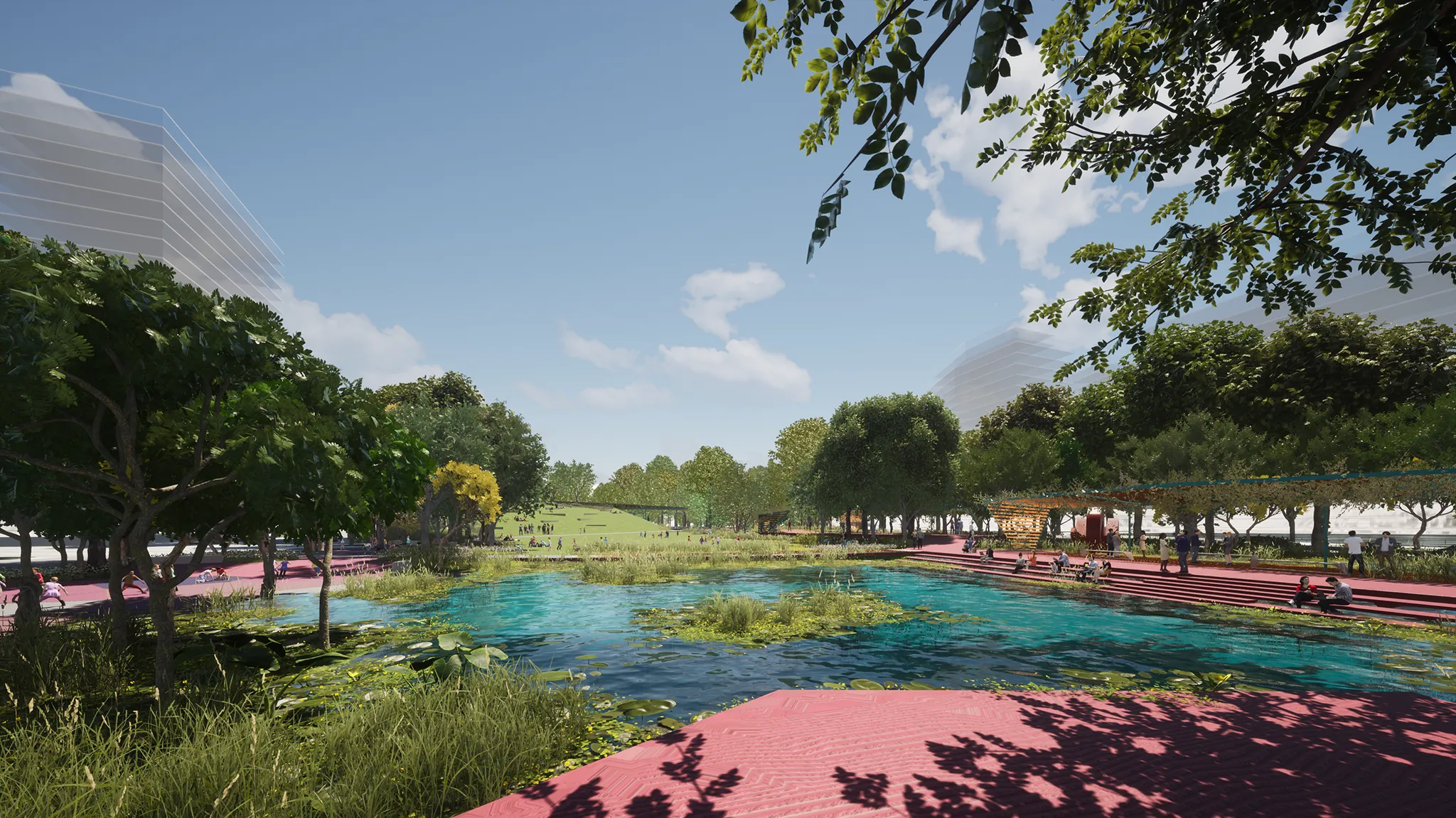
COASTAL LANDSCAPE
The park's design dialogues with Viña del Mar's marine environment.
Water, vegetation, and relief generate sensory experiences.
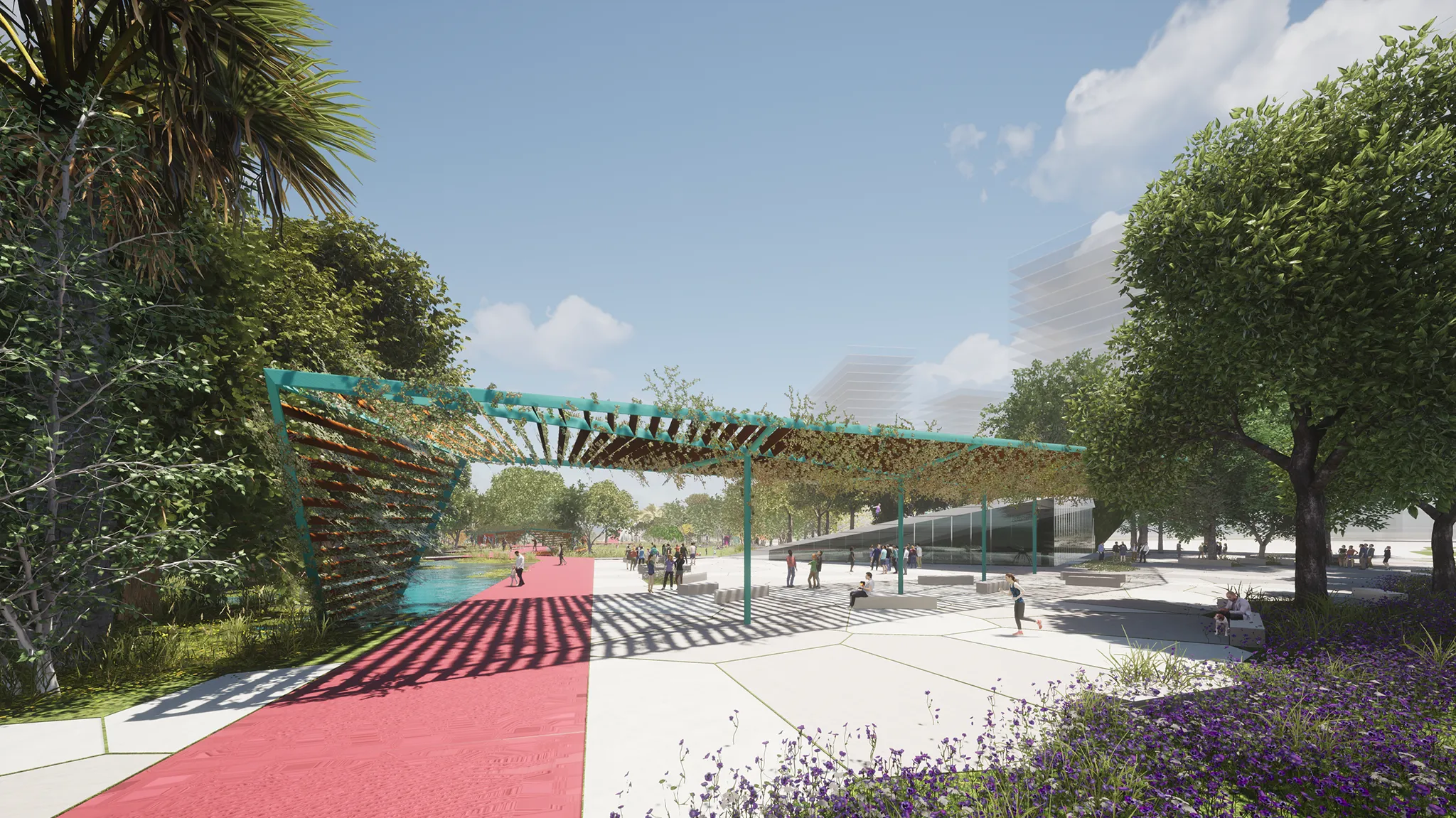
Las Salinas Urban Park is an example of ecological regeneration within the city.
It fosters biodiversity and social interaction within a sustainable environment.


